General Blog Posts
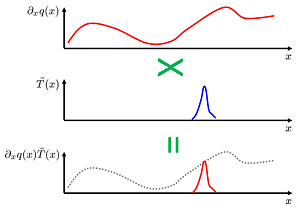
A Brief Introduction to the Weak Form
Whether or not you use finite element analysis and vector calculus in your daily life, you’ll appreciate this introduction to the weak form equations.
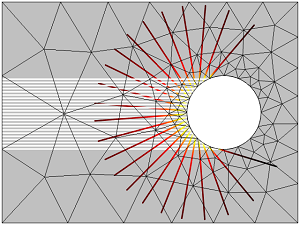
Introducing the Ray Optics Module
COMSOL Multiphysics version 5.0 introduced an add-on module for electromagnetics modeling: the Ray Optics Module. It can be used to perform ray tracing and geometrical optics studies.
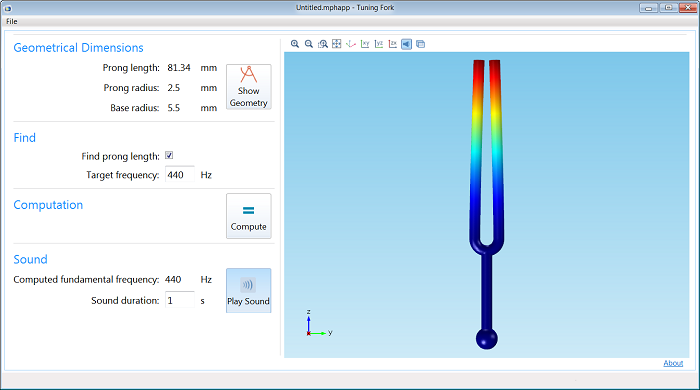
The Tuning Fork Application
Do re mi fa so la ti do! Did you know that the most common standard pitch for a tuning fork is 440 Hz, which forms the note A? See a tuning fork simulation app in action here >>

COMSOL Multiphysics 5.0 Brings User Interface Improvements
Updates to the COMSOL Multiphysics® UI ribbon with version 5.0 include: change in color scheme, additional multiphysics interfaces, a materials tab, global materials, and more.
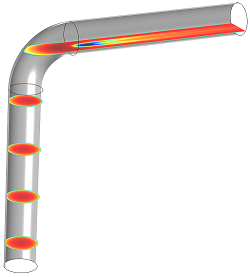
Using Slice Plots to Show Results on Cross-Sectional Surfaces
In this installment of our blog series on postprocessing your simulation results, we demonstrate slice plots, an easy way to visualize physics behavior on many different parts of your model.

Understanding Parallel Computing
Q: Do you use parallel computing to run your COMSOL Multiphysics® simulations? If so, you may enjoy this conceptual overview of computers and the algorithms used by the COMSOL® software.
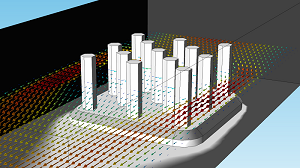
How to Get the Most out of Arrow Plots in COMSOL Multiphysics
What are arrow plots and why are they useful? We answer these questions and demonstrate how to use this feature in this installment of our postprocessing series.
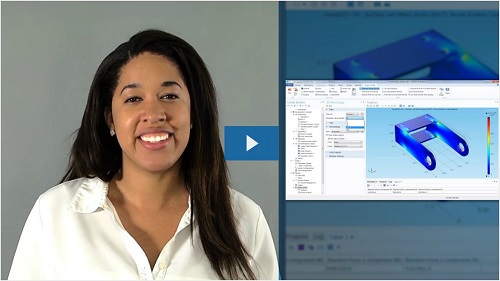
Video Tutorial: Introduction to Modeling Structural Mechanics
Learn the fundamentals of simulating structural mechanics problems in the COMSOL® software: Get a quick overview in this blog post, with an embedded video tutorial included.
